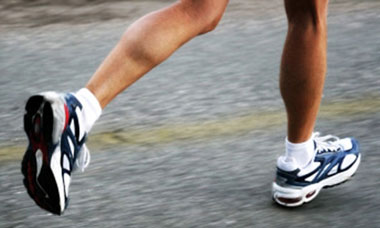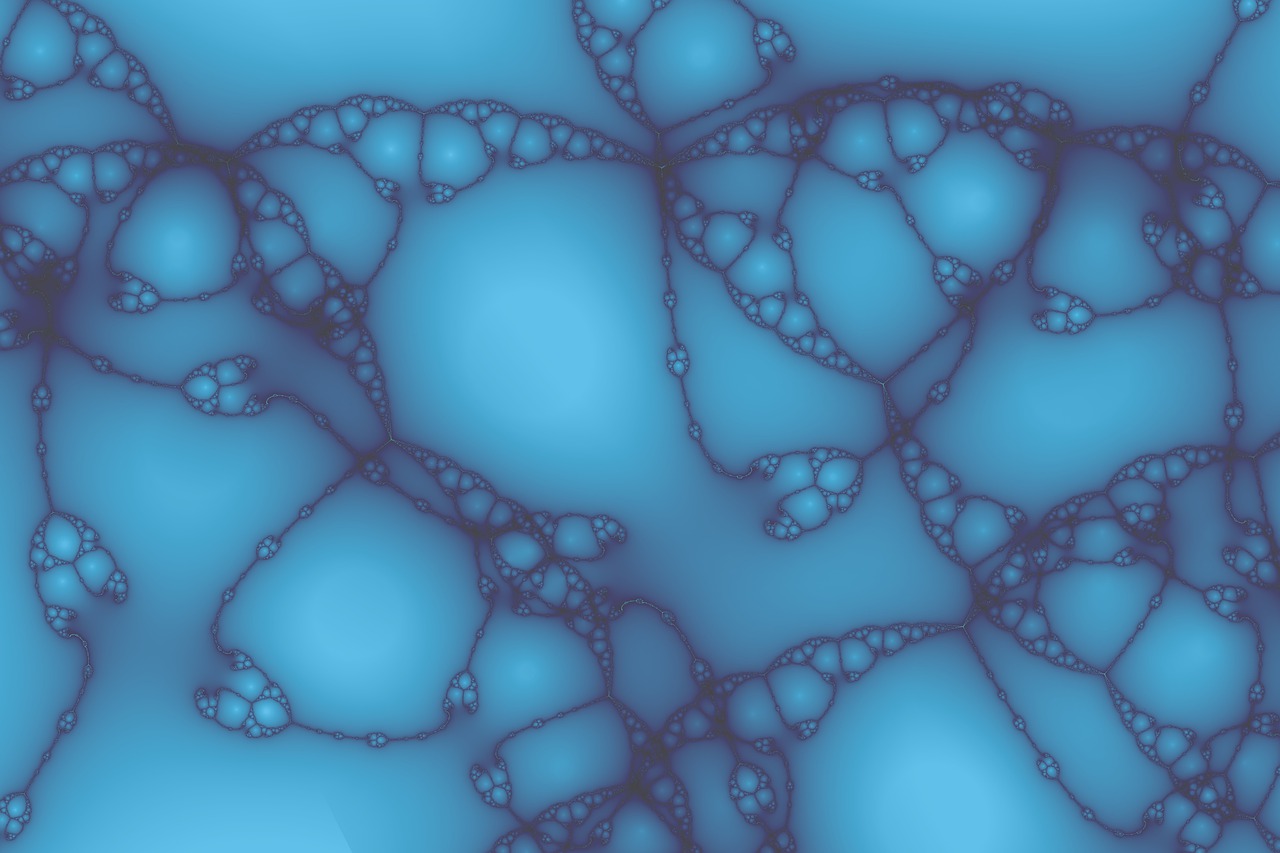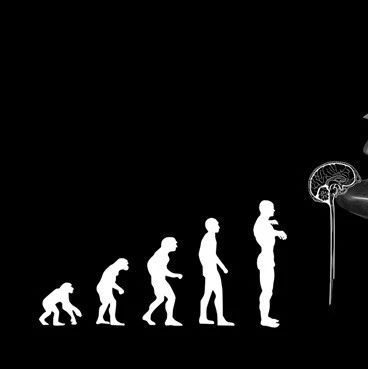
美国研究人员发现,穿着市面上流行的慢跑鞋跑步可能比赤足或穿高跟鞋跑步更易引起关节劳损,造成膝盖、髋部和踝关节损伤。
这项研究结果刊载于美国物理医疗与康复学会期刊《理疗与康复》。
易致损伤
研究负责人、弗吉尼亚大学理疗与康复教授凯西克里根表示,毫无疑问,运动有益身体健康,但跑步或散步会增加对一些关节的压力,可能导致膝盖、髋部和脚踝等部位软骨损伤,引发骨关节炎,使骨头之间直接摩擦引起疼痛。
她说,人们无论步行还是跑步,都应尽量减少关节部位受力,以避免引发骨关节炎。
克里根和同事们先前所做研究显示,女性穿高跟鞋会使膝关节比赤脚时承受更多压力,容易导致关节损伤。他们最新研究发现,跑鞋比高跟鞋更易引起关节损伤,因为跑鞋里的软垫虽然增加了弹性,提高了穿着舒适度,但同样提升了鞋的高度。
跑步测试
研究人员选取37名女性和31名男性作为测试对象。这些人习惯跑步健身,每周至少跑24公里。
在实验室中,测试对象先光脚在跑步机上跑步,然后穿上跑鞋再跑。研究人员在他们的膝盖、髋部和踝关节处分别作标记,便于在摄像机中分辨,以此观察关节移动情况。
同时,跑步机压力测试板测量跑步者体重施加给关节的压力大小和方向,最终测算跑步者单腿着力时,各部位关节的力矩和扭转力。
结果令研究人员感到惊讶,穿跑鞋跑步时膝盖、髋部、踝关节的力矩明显增加,比赤脚跑时多38%。而女性穿高跟鞋时的力矩比赤脚时增加约20%至26%。
舒适第一
根据这一研究结果,我们跑步时最好赤脚。美国作家克里斯多弗麦克杜格尔在其畅销书《为跑而生》中提倡赤脚跑步。事实上,这种跑步方式的确日渐流行。
但研究人员并不认同。克里根说,即使裸足跑也要看在何种材质上。如果在沥青或混凝土类硬质路面上赤脚跑步,关节压力无法适时得到缓冲,身体不得不付出更大努力维持力的平衡,最终会导致整个机体劳累和磨损。
跑鞋虽然在某些方面不利于膝关节,譬如足弓垫,但跑鞋确实对脚部起到保护作用,也可以避免胫骨骨膜炎等损伤。
因此克里根建议:“跑鞋也好,普通鞋也罢,人们应该选择跑步时让自己感觉最舒适的鞋。”
推荐原始出处:
PM " R Volume 1, Issue 12, Pages 1058-1063 (December 2009)
The Effect of Running Shoes on Lower Extremity Joint Torques
D. Casey Kerrigan, MDa, Jason R. Franz, MSb, Geoffrey S. Keenan, MDc, Jay Dicharry, MPTd, Ugo Della Croce, PhDe, Robert P. Wilder, MDf
Received 30 June 2009; accepted 22 September 2009.
Objective
To determine the effect of modern-day running shoes on lower extremity joint torques during running.
Design
Two-condition experimental comparison.
Setting
A 3-dimensional motion analysis laboratory.
Participants
A total of 68 healthy young adult runners (37 women) who typically run in running shoes.
Methods
All subjects ran barefoot and in the same type of stability running footwear at a controlled running speed. Three-dimensional motion capture data were collected in synchrony with ground reaction force data from an instrumented treadmill for each of the 2 conditions.
Main Outcome Measurements
Peak 3-dimensional external joint torques at the hip, knee, and ankle as calculated through a full inverse dynamic model.
Results
Increased joint torques at the hip, knee, and ankle were observed with running shoes compared with running barefoot. Disproportionately large increases were observed in the hip internal rotation torque and in the knee flexion and knee varus torques. An average 54% increase in the hip internal rotation torque, a 36% increase in knee flexion torque, and a 38% increase in knee varus torque were measured when running in running shoes compared with barefoot.
Conclusions
The findings at the knee suggest relatively greater pressures at anatomical sites that are typically more prone to knee osteoarthritis, the medial and patellofemoral compartments. It is important to note the limitations of these findings and of current 3-dimensional gait analysis in general, that only resultant joint torques were assessed. It is unknown to what extent actual joint contact forces could be affected by compliance that a shoe might provide, a potentially valuable design characteristic that may offset the observed increases in joint torques.







